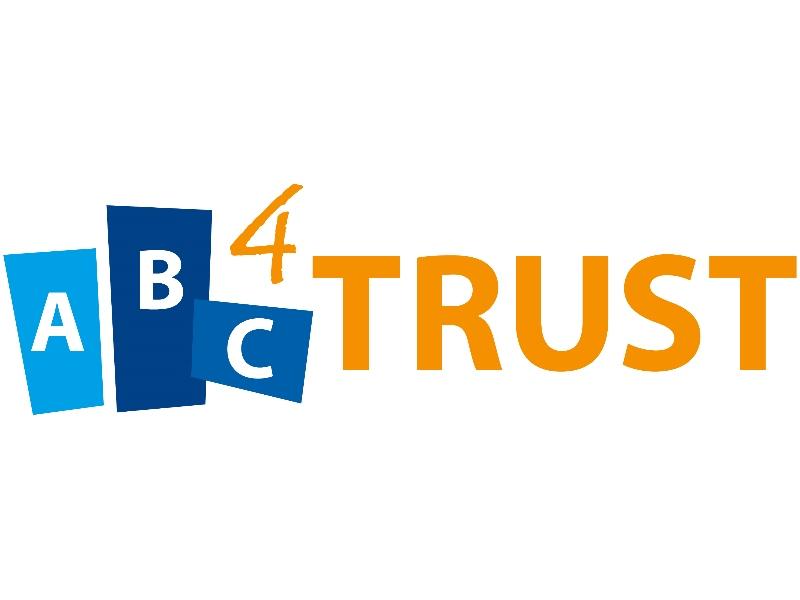
ABC4Trust
Attribute-based Credentials for Trust
Niccolò Zazzeri
01 November 2016
30 November 2016
EC funded project
Introduction
The number of transactions performed electronically is rising fast. Every day people use the Internet for purposes ranging from accessing information to electronic commerce and e-banking, to interactions with government bodies. As securing these transactions requires strong authentication, electronic authentication tokens and mechanisms become common. These mechanisms unfortunately use unique identifiers that link all transactions to users, thus seriously threatening their privacy. In several application areas, unique identification is inappropriate, making privacy-preserving attribute-based authentication desirable. However, some applications require both accountability and anonymity: e.g. voting, opinion surveys, or services restricted depending on age, citizenship, or other attributes. Other applications only require the ability to link to natural persons under very exceptional circumstances (e.g. criminal prosecution) and should otherwise make such linkage impossible.
Over the past few years Attribute-based Credential (ABC) systems have emerged to support userids that can be trusted yet protect privacy at the same time.A position paper issued in 2009-02 by ENISA on 'Privacy Features of European eID Card Specifications' underlines the need for 'privacy-respecting use of unique identifiers' in emerging eID cards, and explicitly refers to ABC technologies as having significant potential in this area. None of these technologies has been successfully deployed so far for lack of architectural guidance and practical experience.ABC4Trust's objective is (1) to define a common, unified architecture for ABC systems to allow comparing their respective features and combining them on common platforms, and (2) to deliver open reference implementations of selected ABC systems and deploy them in actual production pilots allowing provably accredited members of restricted communities to provide anonymous feedback on their community or its members.
Category:
- Secure systems and technology
Vertical Category:
- Finance & insurance
- ICT
Resources for EU Research
Resources for SMEs
News & Events
Reports
Cyberwatching.eu has received funding from the European Union’s Horizon 2020 research and innovation programme under grant agreement No 740129. The content of this website does not represent the opinion of the European Commission, and the European Commission is not responsible for any use that might be made of such content. Privacy Policy | Disclaimer / Terms and Conditions of Use

